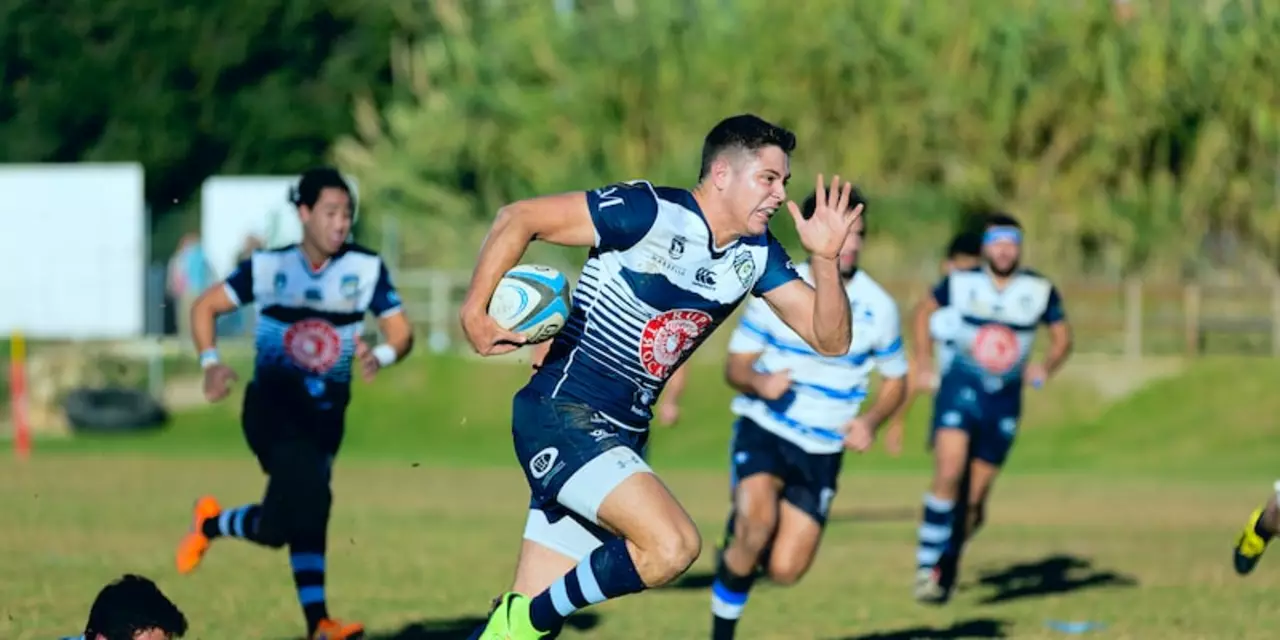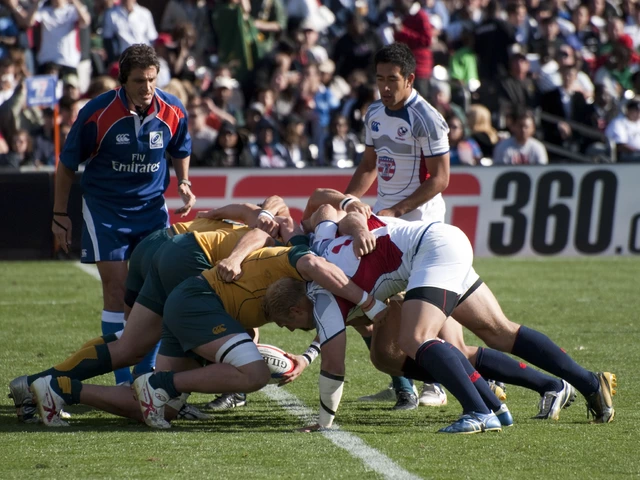Physical Demands of Rugby – What You Need to Know
Rugby isn’t just about tactics; it’s a full‑body workout that asks for power, stamina, speed and agility. If you’re thinking about joining South London Rugby Football Club or just want to understand what the sport demands, this guide breaks it down in plain terms. We’ll look at the main physical qualities you’ll need and give you practical tips to improve them, so you can hit the pitch confident and ready.
Key Physical Attributes for Rugby Players
First off, rugby players need a solid base of strength. Whether you’re in the forwards or the backs, being able to drive into contact, win a ruck or push off defenders relies on strong legs, core and upper body. A good rule of thumb is to be able to squat at least 1.5 times your body weight and bench press your own weight.
Next comes stamina. A match lasts 80 minutes, often with short bursts of sprinting followed by heavy collisions. Players typically cover 6–8 km in a game, so aerobic fitness is a must. Running, cycling or rowing for 30‑45 minutes three times a week builds the heart and lungs to keep you moving from start to finish.
Speed and agility are the third pillar. Quick footwork lets you evade tackles and create space. Drills like ladder runs, cone shuffles and short sprints improve your ability to change direction without losing balance.
Finally, flexibility and mobility keep you injury‑free. Stretching after every training session and doing mobility work for hips, shoulders and ankles helps you move freely and recover faster.
Training Tips to Boost Your Rugby Fitness
Want a simple weekly plan? Start with two strength sessions focused on compound lifts – squats, deadlifts, bench presses and rows. Keep the weight heavy but the reps low (4‑6 reps, 3‑4 sets) to build power.
Follow those with a cardio day that mixes steady‑state work (like a 30‑minute jog) and interval training (30 seconds sprint, 90 seconds jog, repeat 8‑10 times). This mimics the on‑off nature of a match.
Dedicate at least one day to skill‑specific drills. Use small‑sided games, tackling bags and ruck practice to apply your fitness in a rugby context. The South London Rugby club runs regular conditioning sessions where you can practice these moves under coach supervision.
Don’t skip recovery. Foam rolling, a short walk and good sleep each night let your muscles rebuild stronger. Hydration and a balanced diet with enough protein also speed up repair.
Lastly, track your progress. Use a simple log to note weights, distances and how you feel after each session. Seeing improvements keeps motivation high and shows you where you still need work.
Rugby’s physical side can feel tough at first, but with the right mix of strength, stamina, speed and mobility you’ll see steady gains. Join the community at South London Rugby Football Club, tap into the expertise of our coaches, and turn those physical challenges into on‑field confidence.
Playing rugby is a great way to stay active and have fun. However, it can be dangerous and can lead to serious injuries. Therefore, it is important to weigh the risks and benefits before deciding whether or not to continue playing. It is also important to consider the physical and mental health of the individual when making this decision. By considering all of the potential risks and benefits, an individual can make an informed decision about whether or not to continue playing rugby.
READ MORE





